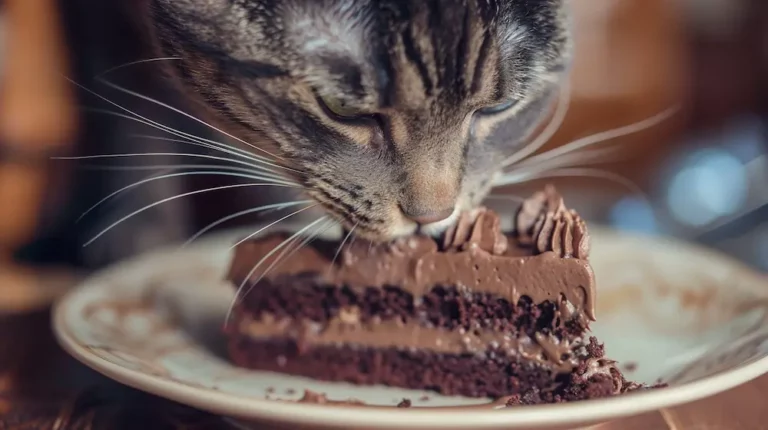Cat Food Ingredients – What You Should Know
What is in commercial cat food?
If you are a responsible
Let’s look at some things that you should consider before deciding on a brand or particular type of
Dangerous things that could exist in commercial cat food
The pet food industry has come up with a wide array of imaginative ways of adding various nasty ingredients to what would otherwise be healthy food for cats and dogs. Some of the ones that we have discovered range from food dye to the so-called ‘meat by-product’ that you’re likely to find among the ingredients of most types of pet food. Then, we have corn and corn gluten meal, propylene glycol, and many other nasty additions.
What’s so wrong with pet food dye?
If you are a
Or, if you’d like, they need mainly protein to survive. We’re guessing that you have boiled or roasted a steak before in your life or at least you have witnessed the transition of meat color from red to grey or brown.
Many pet food companies find that using marketing and advertising strategies for pet owners makes sense while they couldn’t do that to the actual pets, right? Because the pets can’t buy their own food. As humans, color diversity appeals to us. As such, we might think that the more colorful the dry
Whiskas, KitKat, Friskies, and many other such food brands contain kibble that’s shaped and colored as if it were carrots or peas. Have you ever seen a
Furthermore, if
Cat food can contain dyes that range from Red 40 to Yellow 6 – and many of these artificial colors are known to cause cancer. Blue 2 is carcinogenic, so we urge you to check the ingredients on the bag before you choose a particular food for your pet.
Corn and corn gluten meal
Corn, a common ingredient in pet foods, should not be part of a
Corn can cause a myriad of medical problems such as bloating and gas and even ulcers and acid buildup. This is even more true in the case of cats because genetically, they can’t digest corn.
As for corn gluten meal, it’s a cheap method of boosting the protein content of dry pet food. It can absorb possible toxins that can be found in sources that have been contaminated, but the truth is that most of the corn gluten meal available today is made in China, so that shouldn’t give you any reassurance.
Meat by-product
Any type of ‘by-product’ on any label of any type of pet food isn’t a good sign. You can’t know for sure where that meat is coming from, and the truth is that some pet foods (especially the one that’s made for dogs) can contain as little as 1% chicken – and by chicken, we mean chicken meat. The manufacturing brands will include plenty of other remains from internal organs to the fat, blood, heads and feet, and even unborn babies and feathers.
Some companies might even use the carcasses of other dead pets to manufacturer pet food. Recently, the FDA has discovered traces of pentobarbital (a drug used for pet euthanasia) in some foods. The FDA is of the opinion that those products are still valuable to the pet food industry or capable of reducing strains on the environment.
Antifreeze
While this ingredient can’t typically be found in
When ingested in large quantities, antifreeze causes renal failure, but its toxicity becomes obvious only over time if you feed your dog small amounts of food that contains it throughout the day.
Is there something you could do?
You can start by doing a little research on the healthiest
You can also make sure that you go through the ingredients before you opt for a new type of food brand. Steer clear of those that contain food dyes since it causes cancer. And usually, if you go on Amazon and notice that the food you’re considering has around 40 lines of ingredients, don’t buy it. If it’s natural, it will have as little ingredients as possible. By the way, this works for human food, too.
Another measure you can take is to become more educated on the topic. Look for a pet food documentary — we recommend ‘A Dog’s Breakfast.’
Read more on the topic at the links below:
FDA admits: Pentobarbital in Pet Food More Of A Problem Than Originally Thought






